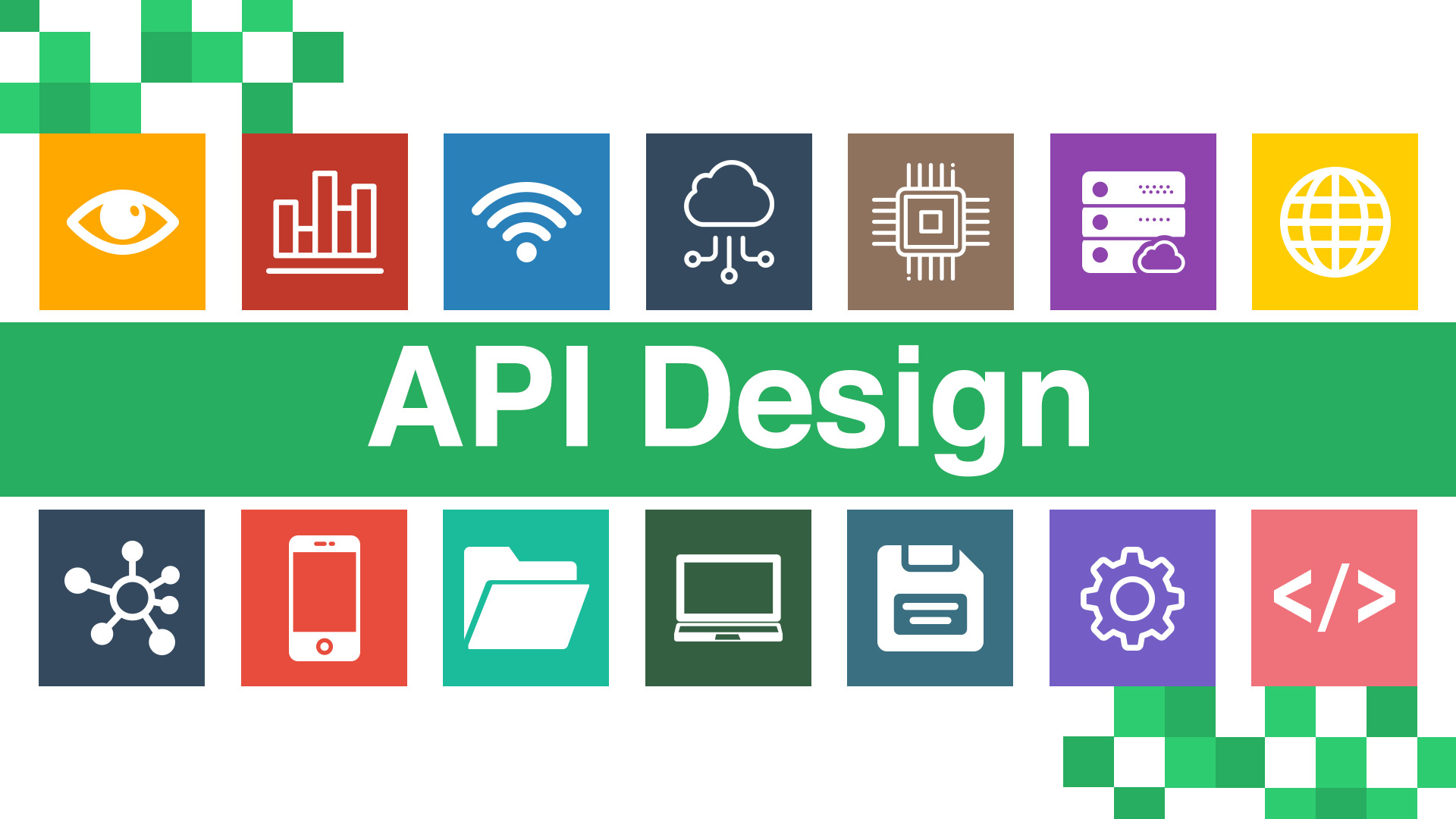The latest generation of PlayStation and Xbox consoles hit the market during the final quarter of 2020, with the former gaining a significant competitive edge in terms of sales according to the early figures.
More specifically, the PS5 enjoyed the best global launch for any console in gaming history in December, shifting more than 3.3 million units overall. In comparison, the Xbox Series X/S sold a little over 1.8 million, as it has clearly struggled to compete and capture the imagination of consumers.
Interestingly, both devices benefit from so-called ‘backwards compatibility’, but what exactly does this mean and why is it so important to gamers?
What is Backwards Compatibility?
In simple terms, backwards compatibility refers to instances where a specific piece of hardware can run software or peripherals from an older generational device.
Hardware is often equipped with this as a way of driving greater prosperity and game preservation, while it also appears to older and nostalgic users who love running older software iterations.
In the case of gaming, backwards capability enables newer consoles such as the PS5 to play games that were originally designed for an older device. More specifically, you’d theoretically be able to play PlayStation 4 titles on your new PS5 console, but we’ll have a little more on this later in the piece.
The concept of backwards compatibility is also prevalent amongst other pieces of hardware, including the single-board Raspberry Pi computer.
This enables owners of the latest Pi devices to access functions and peripherals from previous generations, improving consumer satisfaction and making it easier to transition from one computer to another.
This concept also contrasts sharply with forwards compatibility, which sees older hardware and devices upgraded to support future peripherals and software innovations.
Why is Backwards Compatibility Important?
Neither Microsoft or Sony have really excelled when it comes to integrating backwards compatibility into their latest generational devices, with the Xbox Series X/S offering no support at all for 360 titles and accessibility for less than half of the games launched across the franchise.
A similar issue has engulfed the PS5, although this device at least offers support for software for devices ranging from the PlayStation 2 to the fourth generation model.
In this respect, both brands and devices may be missing a trick, despite the fact that they’ve clearly invested in backwards capability and making as many of their historical titles accessible as possible at this time.
The reason for this is simple; as backwards capability not only makes the process of upgrading from device to another easier and more seamless, but it also enables customers to save money and get the most from their existing games’ libraries.
This is more important than ever in the current climate, particularly as players who are loyal to brands like Microsoft or Sony will have accumulated a huge number of Xbox and PlayStation games throughout the years.











